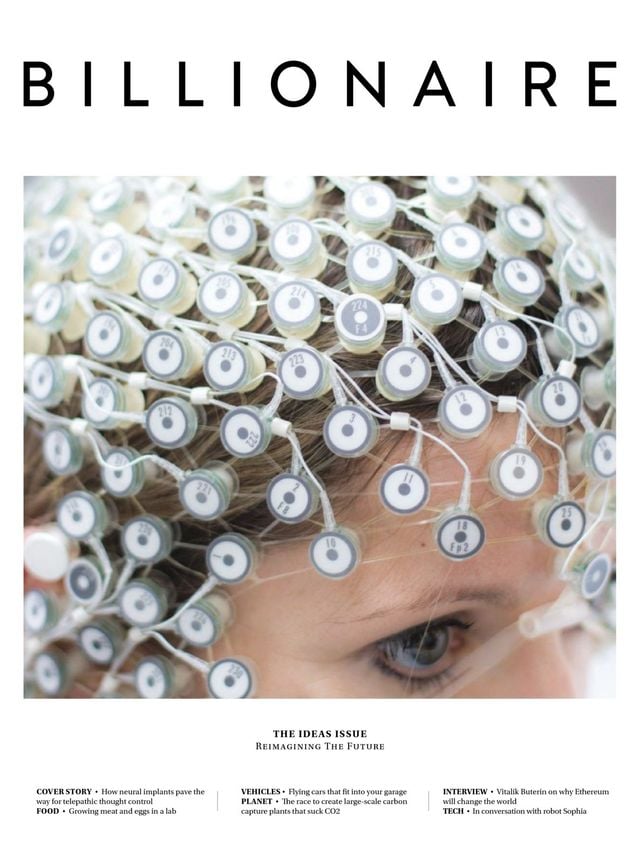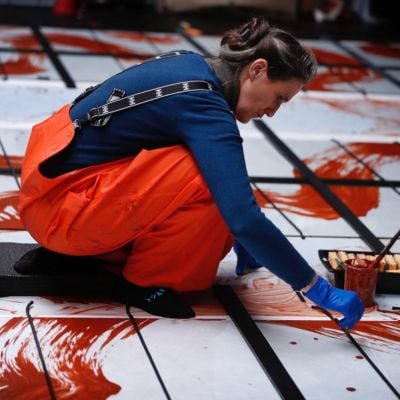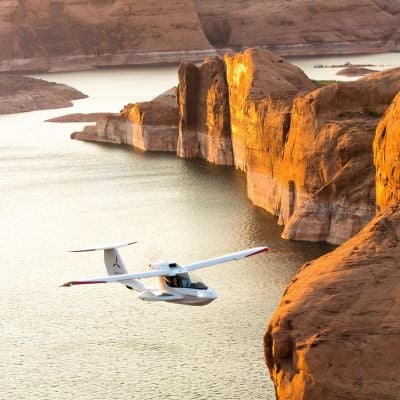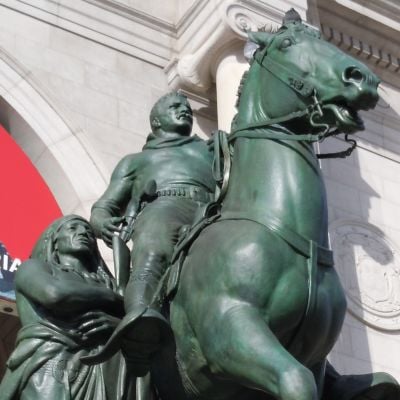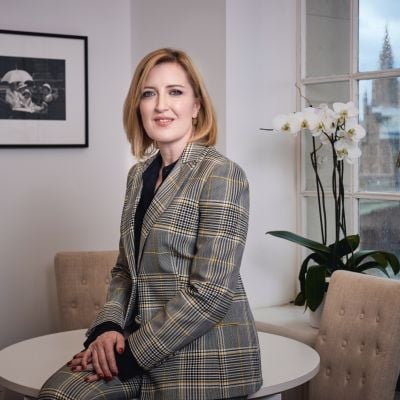Manoj Bharga: Billionaire Rainman
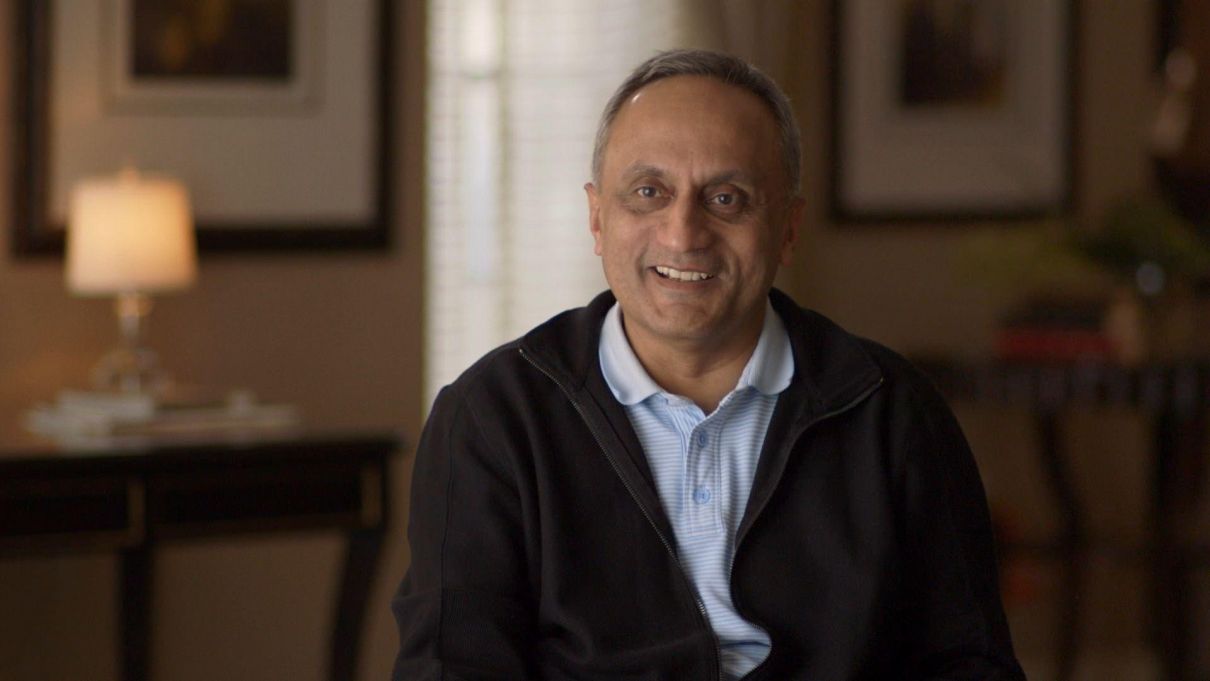
Billionaire Manoj Bhargava made his money selling energy drinks. Now he is spending it on saving the world.

So often a billion-dollar fortune starts with the most unassuming of products. Wayne Hughes co-founded Public Storage in 1972, turning storing excess junk in the US into a US$2.7 billion business. Joyce Hall started selling home-made greeting cards when he was 15, which would snowball into the multinational Hallmark Cards company. Franklin Mars was flogging candy bars at age 19, which would make his family the richest in America.
So it was with Manoj Bhargava, who amassed a fortune of US$4 billion after creating the 5-hour Energy drink brand, the mini red-and-yellow bottles frequently sold at garage checkouts. He puts his success down to never wanting to be rich, only to do something “big”.
“I realised when I was 19 years old that money and status weren’t important to me," he says, over email. "That was the most important moment in my life. That determined what I did next. Then, of course, this is what happens to me. Sort of like Murphy’s law: those who want to chase money don’t get it, and those who don’t care about money end up filthy rich.”
When Bhargava made the Forbes billionaire list in 2012, moving into philanthropy was a natural segue. He realised he had two choices.
“I could keep the money and make myself and my family miserable or give most of it away and help alleviate human suffering. It was an easy decision.”
In 2012 he committed to the Giving Pledge to donate 99 percent of his wealth to philanthropic causes, joining other billionaires like Mark Zuckerberg, Paul Allen and Christopher Hohn. But he quickly realised that it would not be enough. “My purpose for joining the Giving Pledge was to learn, to see if there was anything they knew that was going to help the unlucky half of the world. I realised after attending a few of their meetings that they really didn’t have a clue either.”
He tried to go out on his own: “My first approach to philanthropy was the same as nearly every foundation: to give money to charity. At one point we were funding over 400 charities in India. Unfortunately, very few of those organisations made the kind of impact they promised.
“I realised much later that their ineffectiveness was in part because they didn’t understand the root causes of the problems they were trying to solve, nor did they have the tools to succeed. As it turns out, most of the world’s most serious issues come down to a few fundamentals: access to affordable and reliable electricity; clean water for drinking and agriculture; and better nutrition and healthcare.”
To tackle these three problems, Bhargava set up the zero-profit Stage 2 Innovations, an “invention shop”, in Michigan, to make useful things for less-privileged people. The first problem was electricity. Over 2.5 billion people have either no electricity or electricity for just two or three hours a day, according to Bhargava. “The things that happen when you have electricity are unending. It’s what created all the wealth in the world.
“Think about it, 7pm in the evening, you have to go to sleep as it’s dark. You wouldn’t get much done. A whole evening can be productive with one lightbulb.”
Stage 2 Innovations invented a battery PowerPack that can be charged using a Solar Briefcase, a portable, lightweight briefcase-sized panel that can be unfolded and laid in the sun. In as little as three to four hours, the PowerPack is fully charged again, to be used as a light or a charger for a mobile phone. It is not made of glass, so it is difficult to break, and comes with a 12-year warranty.

So far, about 10,000 HANS PowerPack units and briefcases have been distributed in India’s poorest villages. Bhargava sells the PowerPacks and briefcases to foundations, which direct them to specific charities that distribute the devices to schools, households or clinics that need them. Bhargava also sells them to governments. This model, he says, is the most efficient.
“Compared to the standard funding model where foundations give money and charities use a significant fraction of that money just to raise more money, this approach keeps charities focused, while also providing physical tools that will actually have a measurable impact in the communities where they’re working. Another application is for foundations: if you’re a philanthropist that wants to help the poor, but you don’t know where to begin, we have an entire toolkit of products designed specifically for that purpose,” he explains.
One of the things Bhargava has discovered over time is that the free electricity can only be used by villages who have enough money to feed themselves. “If they’re given to people who are so poor that they don’t have food to eat then, of course, they’ll sell the product to buy food — which is totally reasonable, but it’s a short-term fix and won’t solve their problem in the long run,” he says. “Our target customers are those for whom reliable electricity could really improve quality of life, increase income, enhance education, and improve health.”
For the extremely poor, the biggest challenge is clean water. One out of 10 people on the planet don’t have access to clean water. “Unclean water is the epidemic,” he says. The Stage 2 workshop created water-filtration units, Rainmakers, which turn grey or brackish water (slightly salty water from the ground) into potable water. “Brackish water is found all over the world, but you can’t drink it or use it for agriculture.” It plans to begin shipping the product in late summer or early autumn 2018. Stage 2 has also developed a Shivansh self-made fertiliser technique, a tool for increasing crop yields and farmer income using cow manure and foliage, reducing agricultural costs, and enhancing soil health.
Taken together, this “toolkit for humanity” can be deployed virtually anywhere in the world in order make a difference to the lives of the poor. Bhargava takes a long-term view on his mission and he feels that the hardest part is yet to come. That will be what he calls Stage 3, the execution of the project.
“Implementation is going to take time. This isn’t a two- to three-year project to save a few people. It’s a 50-year project to save humanity,” he says. “I expect the real effect of all this work will be long after I’m dead.”
This article originally appeared in Billionaire's Water Issue, June 2018. To subscribe contact

